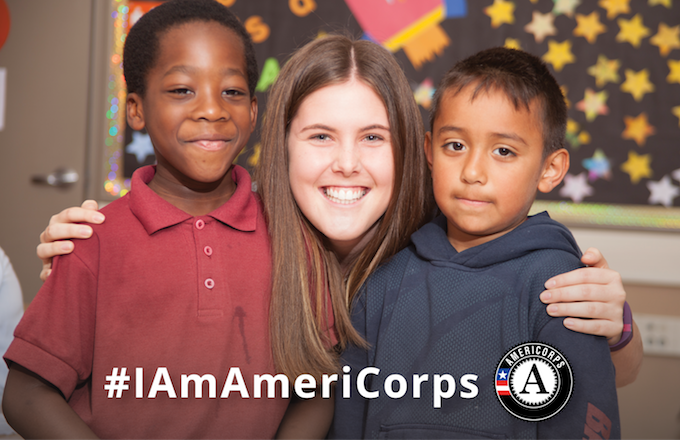June 3, 2014
New Study Shows Reading Partners Tutoring Program Boosts Reading Proficiency of 2nd- to 5th-Graders
(New York, June 3, 2014) — MDRC, a nonprofit, nonpartisan education and social policy research firm, released encouraging findings today from a rigorous evaluation of Reading Partners, a successful one-on-one tutoring program delivered by volunteers to struggling readers in low-income elementary schools. After one year, Reading Partners boosted three different measures of reading proficiency, including reading comprehension (which is often difficult to affect), for second- to fifth-graders. Tutoring by community volunteers twice a week for 45 minutes each session resulted in an additional 1.5 to 2 months of growth in literacy for Reading Partners students over a control group of students who also received supplemental reading services. Next year, MDRC will release a report on the cost and cost-effectiveness of this intervention delivered almost entirely by volunteers.
Nationwide, two out of three fourth-graders are reading below grade level, and almost one-third of children lack even basic reading skills. Children who struggle with reading in elementary school are at high risk of academic failure, high school dropout, and other negative outcomes.
What Did MDRC’s Study Find?
MDRC conducted a rigorous random assignment study of Reading Partners in 19 schools in three states, involving more than 1,200 second- to fifth-graders. Key findings include:
- Despite the challenges inherent in operating a program whose direct service providers are volunteers, Reading Partners was implemented in the schools with a high degree of fidelity.
- Reading Partners had a positive and statistically significant impact on all three measures of student reading proficiency examined — reading comprehension, reading fluency, and sight-word reading — that equaled 1.5 to 2 months of growth in literacy achievement. (This impact represents the value-added of Reading Partners, since 65 percent of the students in the control group also received some supplemental reading services.)
- Reading Partners program was effective for a wide variety of students — from different grade or baseline reading achievement levels, male and female students, and for those who are not native English speakers.
- Exploratory analyses suggest that Reading Partners may have been particularly effective for the lowest-achieving students.
“This study provides some of the strongest evidence to date about the effectiveness of tutoring programs for young struggling readers,” said Robin Jacob, the principal investigator for the study. “As a program staffed largely by volunteers, it is likely less expensive than alternative interventions and requires little teacher or staff time to implement — an issue we’ll examine in our next report.”
What Is Reading Partners?
Established in 1999 in East Menlo Park, California, Reading Partners operates in under-resourced elementary schools where supervised volunteers from the community provide one-on-one literacy tutoring to struggling readers in kindergarten to fifth grade. At each school, Reading Partners transforms a space into a designated “reading center,” places a full-time staff member on site, and recruits a corps of 40 to 100 community volunteers. The tutor pool includes individuals of different ages (from 14 to 70-plus), genders, races and ethnicities, and occupations (for example, high school, college, and graduate students; working adults; unemployed individuals; and retirees). The tutors deliver a highly structured, modular curriculum in twice-weekly, 45-minute sessions. The average student stays in the program for more than five months, and many remain for a year or longer.
”As an evidence-driven organization, we are constantly looking at data to guide and improve our program every year,” says Reading Partners CEO Michael Lombardo. “We have seen consistent and strong improvement in our students through our internal metrics, but the MDRC study is a gold standard for measuring efficacy. These results validate that our curriculum and the one-on-one tutoring provided by volunteers is helping to narrow the achievement gap.”
The MDRC study is part of a larger investment made by the Edna McConnell Clark Foundation (EMCF), the Social Innovation Fund (SIF), and co-investors in scaling up Reading Partners. It represents the first results coming from the EMCF SIF initiative. Administered by the federal Corporation for National and Community Service, the SIF is part of the government’s broader agenda to redefine how evidence, innovation, service, and public-private cooperation can be used to tackle urgent social challenges.
In the years since its inception, Reading Partners has grown to serve more than 7,000 students in over 130 schools throughout California, Colorado, New York, Oklahoma, Maryland, South Carolina, Texas, and Washington, DC. In March 2011, the program was awarded a three-year investment of up to $7.0 million from the EMCF SIF to expand its literacy program to elementary schools throughout the country and to evaluate the effectiveness of the program.












